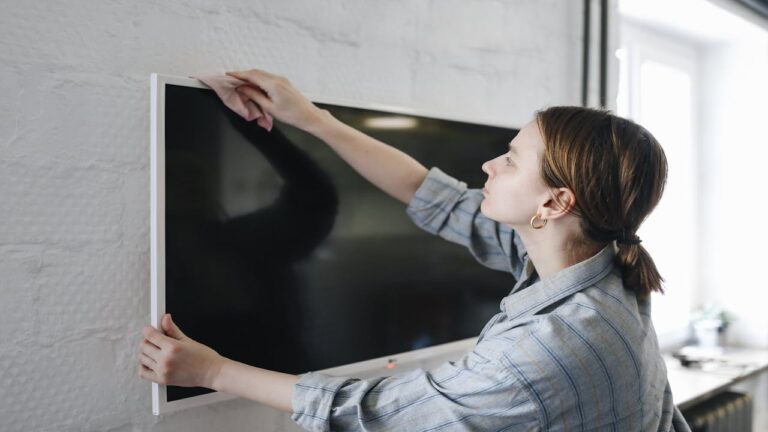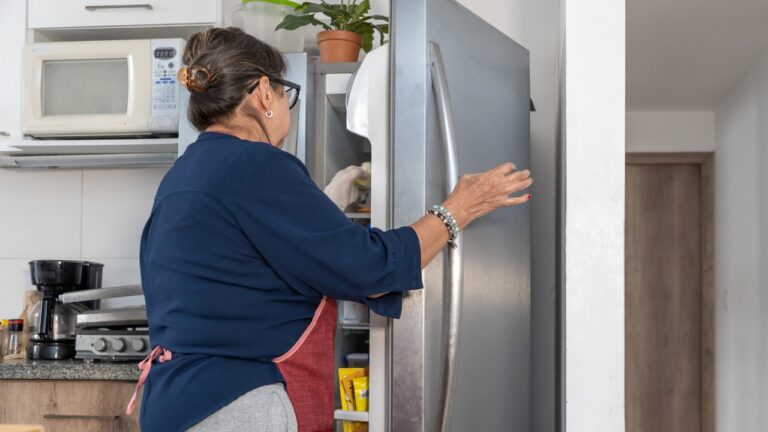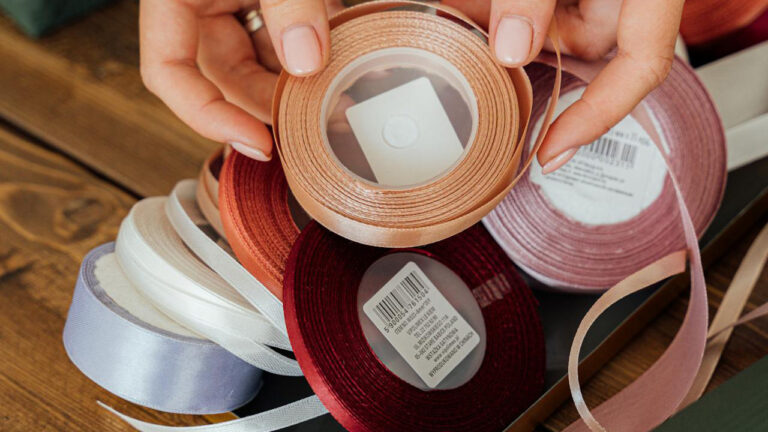Beautiful, but not quite you? Tweaks that align style with daily life
A room can pass the eye test and still wear you out. That usually means the layout, storage, or finish choices don’t match the way you use the space. The story a room tells isn’t only visual—it’s functional. If you’re constantly moving a chair to see the TV, hunting for a charger, or stepping over gym bags, the room is telling you exactly where it needs help.
The fix is to read those signals and respond with changes that match your habits. When the room reflects how you actually live, it stops arguing with you all day.
Anchor the main activity and let everything else serve it
Every room has a primary job. In the living room, it might be conversation or TV. In a flex room, it might be workouts or crafts. Decide the main purpose and center the layout on it. If the TV is the anchor, set the sightline first, then place seating for comfortable angles and distances. If conversation is the anchor, aim seats toward each other, with the TV off to the side.
Check: Sit in each seat and confirm a clear view or a clear line for conversation. If one seat always feels like the leftover, change the layout until all seats make sense.
Remove friction from daily tasks
If something annoys you more than twice a week, it needs a fix. Tripping over a vacuum cord? Add a second dock or outlet and store it where it’s used. Losing remotes? Put them on a tray with a wireless charger and a small cup for spare batteries. Shoes always pile by the door? Add a bench with closed bins and a strict pair limit per person.
Rule: The fix should be closer than the bad habit. If the hamper is farther than the chair, the chair will keep “collecting.”
Choose finishes that match wear, not wish lists
Light rugs under toddlers, glass coffee tables with heavy traffic, and open shelving in dust-prone zones all read differently in real life than they do in your head. Swap where needed: performance rugs in high-use areas, wood or upholstered tables over glass if fingerprints bother you, and a mix of closed storage with one open display shelf to control dust.
Upgrade: Install washable runners in hallways and by patio doors. They reduce grit that tears up floors and keep the sightline looking cared for.
Put chargers where devices actually land
Device creep is a top reason surfaces stay messy. Add a compact charging station inside a drawer or a small box on an end table near the most-used seat. Use short cables and bundle extras with Velcro. Label ports if family members share the station. When power lives where you sit, cords stop stretching across the room.
Sanity saver: Store a microfiber cloth next to the charger. Wipe screens during charge time and skip the pile of dusty tablets.
Create “in-between” storage for projects
If you pack a puzzle or sewing project away daily, you won’t touch it for weeks. If you leave it fully out, the room feels chaotic. The middle ground is an in-between zone: a rolling cart, a lidded under-sofa bin, or a dedicated shelf in a nearby cabinet for works in progress. It protects the project and the room at the same time.
Hint: Choose containers that slide easily and don’t require stacking to access. Friction kills hobbies.
Tune the sound and scent
Rooms fight you when noise bounces and smells linger. Add soft surfaces where you can—curtains, a rug pad, upholstered panels on a gallery wall—to calm echo. For kitchens and mudrooms, keep a lid on the trash and a box of baking soda in the bin; swap bag liners before smells start. A quiet, neutral room feels orderly even when it’s busy.
Maintenance: Put “filters and fresheners” on a monthly checklist—HVAC returns, range hood filters, trash deodorizer, and vacuum bags.
Give yourself a fast close each night
A five-minute closer prevents tomorrow’s mess. Clear horizontal surfaces in the main room, fold throws, return items from the parking spots to their real homes, and run a quick vac on visible paths. Turn on the evening lamp scene. The room resets to calm so you can start fresh.
Keep it real: Limit the closer to what you can do without thinking. You want a habit, not a project.
The room you use is the room you’ll love
A space that looks good but fights your routine will always feel off. When you design for the way you live—distance, light, storage, and upkeep—the room supports you instead of wearing you down. That story reads better to family and guests, and you feel it every day.
Like Fix It Homestead’s content? Be sure to follow us.
- I made Joanna Gaines’s Friendsgiving casserole and here is what I would keep
- Pump Shotguns That Jam the Moment You Actually Need Them
- The First 5 Things Guests Notice About Your Living Room at Christmas
- What Caliber Works Best for Groundhogs, Armadillos, and Other Digging Pests?
- Rifles worth keeping by the back door on any rural property
*This article was developed with AI-powered tools and has been carefully reviewed by our editors.







